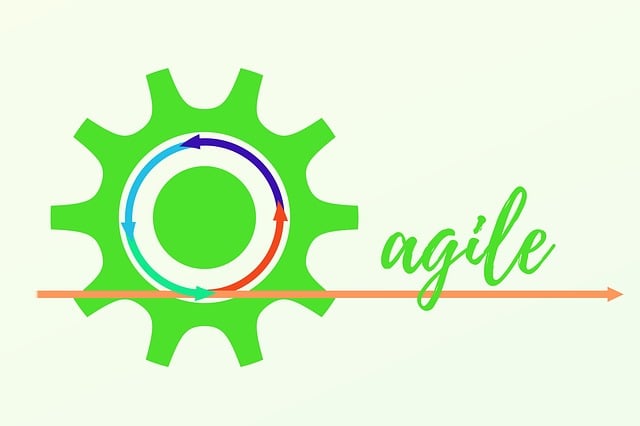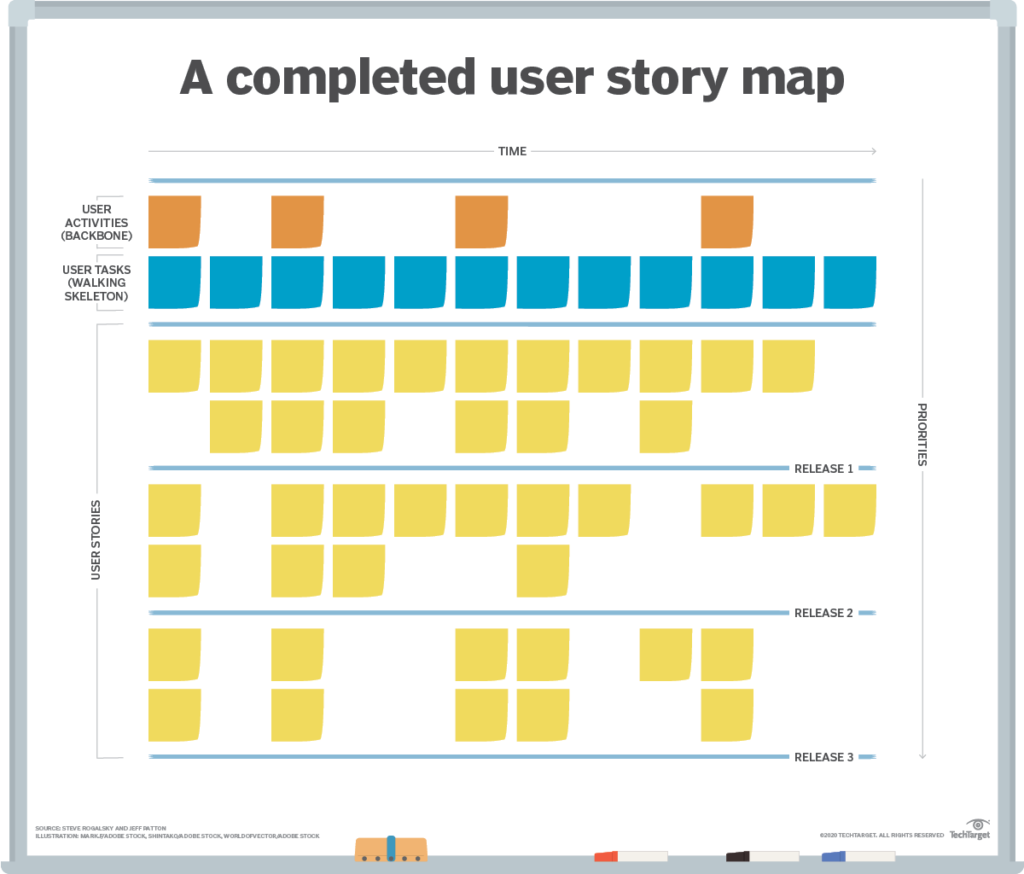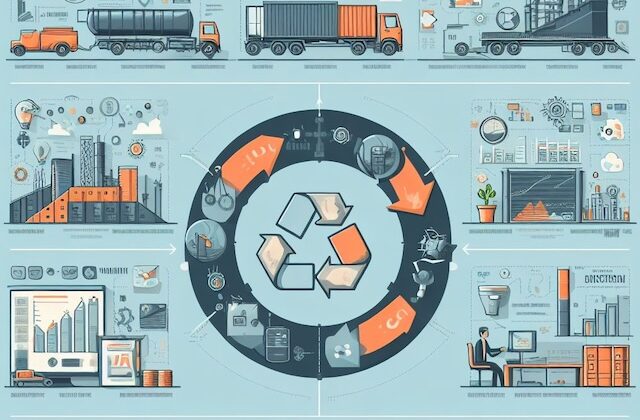
Be Agile!
“Product management is about making the complex simple, not the simple complex.”
– Braden Kowitz
Welcome to Day 12 of the PM series – Product Management in 30 days!
Agile development and product management are two sides of the same coin, working harmoniously to deliver exceptional products. In today’s fast-paced world, where change is the only constant, embracing Agile methodologies can make all the difference in achieving successful product outcomes.
In this extensive post, we’ll learn about Agile processes, from writing user stories and EPICs to sprint planning and execution, unveiling the secrets of effective Agile product management.
Learning Objectives
Understanding Agile Fundamentals:
- Identify the core principles of Agile development, emphasizing collaboration, flexibility, and continuous improvement.
- Explain how Agile transforms product development by empowering cross-functional teams to respond to customer needs efficiently.
Mastering Agile User Stories and EPICs:
- Define the role of user stories as concise, user-focused descriptions in the Agile development process.
- Illustrate effective techniques for writing user stories, such as simplicity, clarity, and inclusion of acceptance criteria.
- Recognize the significance of EPICs as broader narratives that encapsulate related user stories for long-term planning.
Exploring User Story Mapping:
- Describe the process of user story mapping, emphasizing its role in gaining a holistic view of the user journey.
- Identify the key elements of user story mapping, including user activities, workflow, user stories, horizontal and vertical slicing, prioritization, and release planning.
Navigating the Product Backlog:
- Define the product backlog as a dynamic list of features, enhancements, and fixes in Agile product management.
- Explain the dynamic nature of the product backlog, evolving with new information and shifting priorities.
- Recognize the role of a well-prioritized product backlog in guiding sprint planning and development efforts.
Planning and Executing Sprints:
- Outline the collaborative nature of sprint planning involving the product owner, development team, and Scrum master.
- Define sprint goals and estimate effort during sprint planning to ensure team alignment and commitment.
- Describe the components of running sprints, including continuous testing and integration, daily stand-up meetings, sprint reviews, and retrospectives.
Introduction
Agile development is not just a buzzword; it’s a transformative approach to product development. At its core, Agile emphasizes collaboration, flexibility, and continuous improvement. It’s a mindset that empowers cross-functional teams to respond to customer needs quickly and efficiently. When Agile principles are seamlessly integrated into product management, the results can be nothing short of spectacular.
✨ The Foundation: Agile User Stories and EPICs
User Stories:
User stories are the foundation blocks of Agile development. They are concise, user-focused descriptions of a feature or functionality.
A well-crafted user story follows the “As a [user], I want [action], so that [benefit]” format.
These stories serve as a direct line of communication between the product and development teams, ensuring everyone is aligned with the user’s perspective.
🖐️ Five Tips for Writing Effective User Stories:
[convertful id=”218861″]
- Keep user stories simple, clear, and concise.
- Prioritize user stories based on customer value and business goals.
- Include acceptance criteria to define what “done” means for each story.
- Include design elements, if needed.
- Include events to generate analytics.
Let us understand stories in a fun way!
Imagine you and your family need to buy groceries for the week. Your mom or dad creates a “user story” for this task to make it easier.
Example User Story:
"As a hungry family, we want to buy groceries, so we have enough food for the week."
In this user story:
- “As a hungry family” represents who the user is for (your family).
- “We want to buy groceries” tells you the task/action (buying groceries).
- “So we have enough food for the week” explains the benefit(to ensure you have enough food for the whole week).
A user story is like a mini-plan that helps your family know what to do. It’s short and clear, so everyone understands the goal.
EPICs:
EPICs are broader narratives that encapsulate a series of related user stories. They provide a high-level view of a feature or product component and help in long-term planning. EPICs are particularly useful for breaking down large-scale projects into manageable, bite-sized pieces.
Now, let’s take an example of “EPIC.” An EPIC is like a bigger plan that involves many tasks or User stories.
Imagine your family is planning a fun trip to the beach. This is a big adventure that needs lots of smaller tasks. So, your parents create an “EPIC” to keep track of everything.
Example EPIC:
"Planning a Family Vacation to the Beach"
In this EPIC:
- “Planning a Family Vacation” is the big goal or adventure.
- “To the Beach” tells you where you’re going.
- Now, within this EPIC, you’d have many user stories, like:
- “As a family, we want to book a beachfront hotel so we can wake up to the sound of the waves.”
- “As a family, we want to pack sunscreen and swimsuits so we can have fun in the sun.”
- “As a family, we want to plan activities like building sandcastles and playing beach volleyball.”
Each of these user stories is like a small task that helps achieve the big goal of the family vacation. They all fit under the EPIC of “Planning a Family Vacation to the Beach.”
🧭 Mapping the User Journey: User Story Mapping
User story mapping is a pictorial technique that helps product managers and teams get a holistic view of the user journey. It involves arranging user stories in chronological order, from the user’s entry point to their final goal. This process aids in identifying gaps in functionality, ensuring a cohesive user experience, and prioritizing user stories effectively.
Here are the five key elements of User Story Mapping:
1. User Activities or Workflow:
- Description: Identify the high-level activities or workflow that users engage in to achieve their goals within the product.
- Purpose: This helps create a holistic view of the user’s journey and ensures that the product aligns with the user’s needs and objectives.
2. User Stories:
- Description: Break down the user activities into smaller, manageable user stories. Each user story represents a specific piece of functionality that delivers value to the user.
- Purpose: User stories provide a detailed understanding of what needs to be developed. They focus on the user’s perspective and help the development team prioritize features.
3. Horizontal and Vertical Slicing:
- Description: Arrange user stories both horizontally (across activities) and vertically (through the layers of the software stack). Horizontal slices represent the flow of a specific activity, while vertical slices represent the development layers (e.g., UI, business logic, data).
- Purpose: Horizontal slices help visualize the end-to-end user experience, while vertical slices ensure that each iteration delivers a potentially shippable product increment.
4. Prioritization:
- Description: Prioritize user stories based on their importance to the user and the value they deliver. This can be done vertically within an activity or horizontally across the entire map.
- Purpose: Prioritization helps the team focus on delivering the most valuable features early in the development process. It ensures that the product incrementally meets user needs.
5. Release Planning:
- Description: Use the story map to plan releases by selecting which user stories will be included in each release. This involves considering dependencies, priorities, and the overall project timeline.
- Purpose: Release planning helps manage expectations regarding when specific features will be delivered. It allows the team to communicate a roadmap for the product’s evolution.

📚 The Backbone: Product Backlog
The product backlog is the heart of Agile product management. It’s a dynamic list of all the features, enhancements, and fixes that need to be addressed in the product. The backlog constantly evolves as new information emerges and priorities shift. Product managers must maintain a well-prioritized backlog to guide sprint planning and development efforts.
🏃➡️ Planning and Executing Sprints
1. Sprint Planning:
Sprint planning is a collaborative effort that involves the product owner, development/engineering team, and Scrum master. During this meeting, the team selects user stories from the product backlog for the next sprint. Then, they define sprint goals and estimate the effort required for each story. Sprint planning ensures everyone is on the same page and committed to the sprint’s objectives.
- Velocity and Capacity: Teams use historical data on their velocity (the amount of work they can complete in a sprint) to plan sprints effectively. Capacity planning helps in avoiding overloading the team with work.
2. Running Sprints:
Sprints typically last two to four weeks, during which the development team works on implementing the selected user stories. Daily stand-up meetings (or scrum meetings) keep everyone informed about progress, challenges, and adjustments needed to meet sprint goals.
- Continuous Testing and Integration: Agile teams embrace continuous testing and integration to ensure that each piece of code is thoroughly tested and integrated into the product throughout the sprint.
- Review and Retrospective: At the end of every sprint, a sprint review and retrospective take place. The review showcases the completed work to stakeholders, and the retrospective allows the team to reflect on what went well and what could be improved.
🔔 Conclusion
Agile development and product management are intertwined disciplines that thrive on collaboration, adaptability, and customer-centricity. By embracing Agile principles and practices, product managers can effectively prioritize features, respond to market changes, and deliver exceptional products that meet and exceed customer expectations.
In this post, we’ve explored the essential components of Agile development in the context of product management, from crafting user stories and EPICs to sprint planning and execution. By mastering these processes and fostering a culture of Agile excellence, product managers can propel their teams and products toward sustained success in today’s ever-evolving marketplace.
Embrace Agile. Elevate your product management game. Unlock the potential for innovation and customer satisfaction. Your journey begins now.
Quiz Time
Question: What is the purpose of user stories in Agile development?
a) To entertain users
b) To provide a high-level view of features
c) To create a direct line of communication between product and development teams
d) To write fictional narratives
Question: In the context of user stories, what does the term “EPIC” refer to?
a) A small, standalone task
b) A broader narrative encapsulating related user stories
c) A user’s personal experience
d) A design element
Question: What is the primary purpose of user story mapping?
a) Creating fictional user journeys
b) Identifying gaps in functionality
c) Prioritizing business goals
d) Testing software prototypes
Question: What is the product backlog in Agile product management?
a) A static list of completed features
b) A dynamic list of features, enhancements, and fixes
c) A marketing strategy document
d) A user’s wishlist
Question: What is the purpose of sprint planning in Agile development?
a) Assigning blame for any delays in the previous sprint
b) Selecting user stories for the next sprint and defining sprint goals
c) Canceling the sprint if the team is behind schedule
d) Conducting a thorough retrospective analysis
✍️ Write your answers in the comment section. e.g 1-a, 2-b, 3-c etc.
If you want to learn more about product management, you can also find other posts. The Full series is available here
One of the recommended books to learn about product management is User Story Mapping by Jeff Patton
💌 Do drop me a comment below if you found the content useful and/or want me to write on a specific topic. This will make my day! 🙂
Also, share the post if you think this might help someone. The sharing link is at the top of the page.
Join FreeMentor as a student if you are a newbie in product management and want to have one Free 1:1 mentorship session.
Disclaimer:
Please note that I don’t make any guarantees about the information supplied in this post. I share educational and informational resources that are intended to help you succeed in understanding product management. You nevertheless need to know that your ultimate success or failure will be the result of your own efforts, your particular situation, and innumerable other circumstances beyond my knowledge and control.
#AgileDevelopment #ProductManagement #AgileProductManagement #Scrum #SprintPlanning #UserStories #EPICs #LinkedInPost #ProductDevelopment

